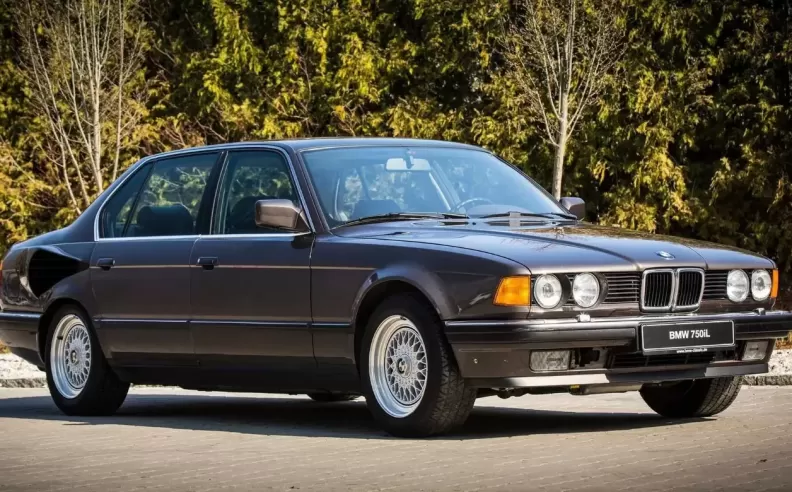
In the late 1980s, BMW was at the forefront of pushing automotive boundaries with its ambitious plans for a luxury sedan beyond its flagship 7 Series. Among its notable experiments was the creation of a secret project known as the "Goldfish," which unveiled an intriguing blend of design, power, and size that could have redefined BMW's luxury lineup.
The story begins with the "Goldfish" project in 1988, where BMW astonished enthusiasts with a one-off sedan featuring a colossal V-16 engine. This bespoke creation, often referred to as the "Super Seven," demonstrated BMW's eagerness to venture beyond conventional luxury sedan norms. However, what remained hidden for decades was a subsequent development that took shape in 1990—a mysterious sequel to the original Goldfish.
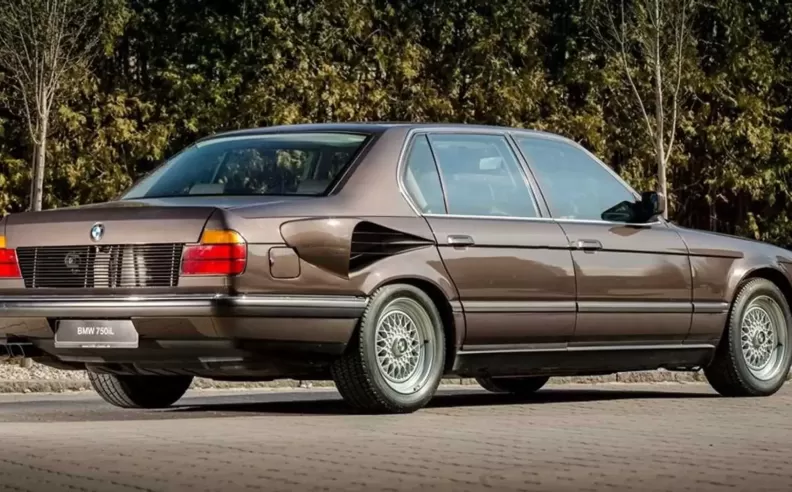
Unveiled recently at the Techno-Classica Essen event, this secret sedan was a true gem of automotive history. Crafted under the leadership of designer Boyke Boyer, the 1990 BMW 750iL V-16 "Goldfish" embodied a sophisticated fusion of BMW's iconic E32 and upcoming E38 design languages. At the core of this behemoth was a 6.6-liter V-16 engine—an evolution of BMW's existing V-12 powerplant, amped up to deliver an impressive 348 horsepower.
What set this newer Goldfish apart from its predecessor was not only its refined aesthetics but also its practical engineering solutions. Unlike the original, which sported dramatic air scoops and fiberglass gills, the 1990 Goldfish featured a smoother profile, concealing its enhanced cooling systems ingeniously repositioned to the rear. This shift allowed for a more streamlined design, harmonizing with BMW's evolving design philosophy.
Size was another notable aspect of the 1990 Goldfish. Surpassing the dimensions of the 7 Series E32 of its era, this sedan stretched over 214.5 inches in length—exceeding even contemporary luxury standards. Despite its substantial footprint, BMW managed to balance the Goldfish's grandeur with elegance, positioning it as a testament to automotive innovation and luxury.
BMW's ambitious experimentation with the V-16 engine, however, was not without its peers in the industry. Mercedes-Benz, BMW's perennial rival, reportedly explored the concept of an 18-cylinder engine for its flagship S-Class—a testament to the era's fascination with engineering marvels beyond conventional V-12 configurations.
Ultimately, the fate of the Goldfish project mirrored the trajectory of its counterparts in the automotive industry. As BMW's focus shifted towards other ventures, including the acquisition of Rolls-Royce, the vision of a V-16 flagship sedan faded into obscurity. Rolls-Royce later became the canvas for BMW's renewed exploration of ultra-luxury motoring, albeit with engines of different specifications.
While the 1990 BMW 750iL V-16 "Goldfish" remains a captivating footnote in automotive lore, its legacy underscores BMW's daring spirit of innovation. Although the V-16 dream never materialized beyond these prototypes, the Goldfish exemplifies an era when automakers dared to dream beyond the ordinary—creating legends that continue to fascinate enthusiasts to this day.

Wael is an automotive content writer specializes in creating written content for Motor 283. Producing a wide range of content, including blog posts, articles, product descriptions, reviews, and technical guides related to cars, trucks, motorcycles, and other vehicles, with an unprecedented passion for cars, and motorcycles.
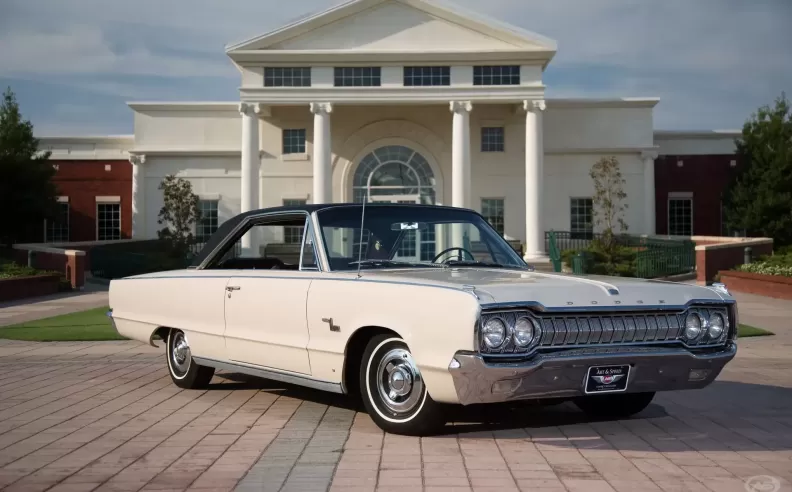
Naming cars is one of the most interesting aspects of automotive history, as many car names carry rich cultural, historical and geographical stories. In this series that we present to you at Motor 283, we will specifically focus on cars that were named after cities rich in history. In today’s story, we bring you the story behind naming the Dodge Monaco, that classic car that has etched its name into the memory of car lovers, after the Principality of Monaco.
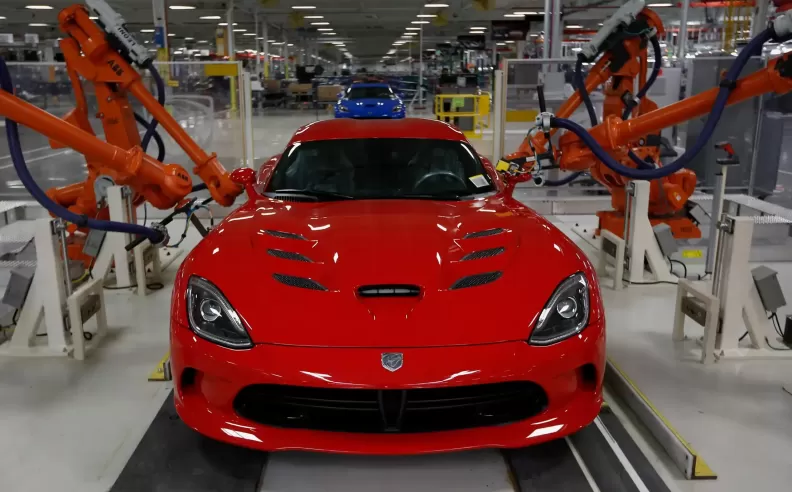
The Dodge Viper, an icon of American muscle and engineering, has captured the hearts of car enthusiasts since its debut in 1992. Known for its raw power, distinctive design, and uncompromising approach to performance, the Viper has become a symbol of automotive excellence. However, its journey has not been without challenges, including periods of discontinuation and regulatory hurdles. This article delves into the storied history of the Dodge Viper, its rise to fame, and the reasons behind its controversial discontinuation.
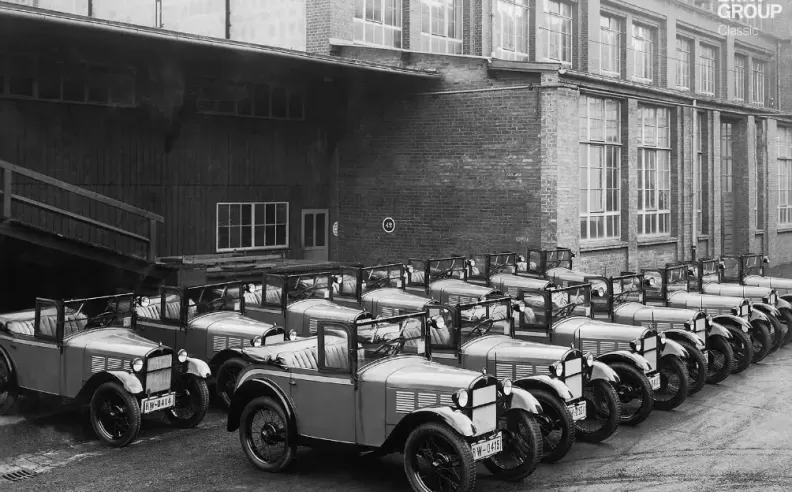
In the annals of automotive history, few brands have captured the imagination and loyalty of enthusiasts as profoundly as BMW. Renowned for their engineering excellence, driving pleasure, and innovative designs, BMW's journey began not with the iconic kidney grilles we know today but with a modest yet significant beginning. The first-ever BMW car, the BMW 3/15, marked the brand's transition from aircraft engines to automobiles, setting the foundation for a legacy that continues to thrive.
BMW, short for Bayerische Motoren Werke (Bavarian Motor Works), was originally established in 1916 as an aircraft engine manufacturer. The Treaty of Versailles after World War I prohibited Germany from producing aircraft engines, leading BMW to diversify its operations. The company began producing motorcycle engines and then entire motorcycles, gaining a reputation for quality engineering. However, it was not until the late 1920s that BMW ventured into the automotive sector.